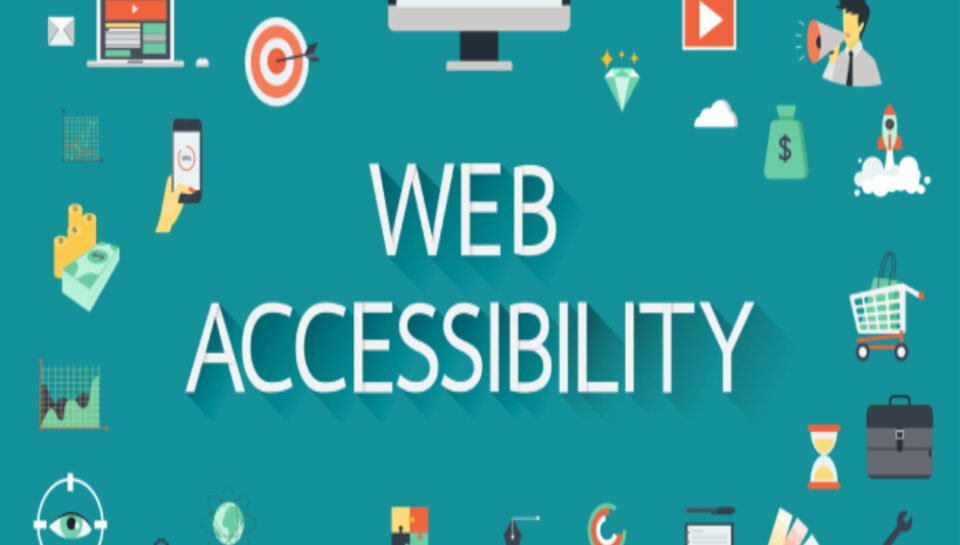
Explain how government websites in India adhere to web management standards and accessibility norms.
Introduction
As digital governance becomes a central theme in India’s administrative landscape, government websites have evolved to serve as critical platforms for citizen engagement, public service delivery, and transparent communication. To ensure inclusivity, security, efficiency, and legal compliance, these websites are expected to follow stringent web management standards and accessibility norms. These practices align with global benchmarks while being tailored to the unique needs of India’s multilingual and demographically diverse population.
National Portal and Digital India Framework
India’s National Portal (india.gov.in) and the Digital India initiative act as the foundational frameworks guiding digital governance. They promote unified web management principles across departments and institutions. The Government of India, through the Ministry of Electronics and Information Technology (MeitY), mandates design, content, and performance standards to ensure consistency and usability across all official portals.
Adherence to GIGW Guidelines
The Guidelines for Indian Government Websites (GIGW), developed by the National Informatics Centre (NIC), serve as the blueprint for web development and management in the public sector. These guidelines cover architecture, usability, security, maintenance, and accessibility. GIGW is structured to be both comprehensive and adaptive, ensuring government websites meet the highest standards of functionality and reach.
Emphasis on Accessibility (WCAG Compliance)
Government websites in India are required to comply with the Web Content Accessibility Guidelines (WCAG) 2.1 to ensure access for individuals with disabilities. This includes screen reader compatibility, keyboard navigation, alternative text for images, contrast control, and adaptable font sizes. The aim is to make websites usable for people with visual, auditory, cognitive, and motor impairments.
Multilingual Support and Localization
To cater to the linguistic diversity of India, government websites increasingly offer content in regional languages, with options to switch between Hindi, English, and state-specific vernaculars. Localization goes beyond translation, ensuring content relevance and cultural sensitivity. This broadens access and aligns with the constitutional emphasis on language inclusion.
Mobile-Friendly and Responsive Design
Recognizing India’s mobile-first digital reality, most government websites now adopt responsive web design principles. These designs automatically adjust layout and navigation to suit various devices—desktops, smartphones, and tablets—ensuring usability across urban and rural geographies where mobile is the primary medium of access.
Structured Content Management
Government websites follow structured content management practices, often using centralized CMS platforms managed by NIC. This ensures version control, editorial workflows, and standard formatting. Regular content updates, archiving policies, and metadata management are critical parts of ongoing web governance.
Security and Data Privacy Protocols
Given the sensitive nature of public data, government websites enforce robust security practices. These include SSL encryption, firewall protection, two-factor authentication, and data breach protocols. The Indian Cyber Law (IT Act 2000) and data protection bills also influence web governance frameworks, requiring secure hosting and regular audits.
Performance Monitoring and Maintenance
Web analytics tools are used to monitor site traffic, behavior flow, and performance metrics. Government portals conduct regular technical audits, accessibility checks, and server performance reviews. Feedback mechanisms and bug reporting tools are integrated to support continuous improvement.
Unified Design Standards and Templates
To maintain visual and navigational consistency, templates and UI/UX design patterns are shared across ministries and departments. This not only reduces development costs but also ensures citizens have a uniform experience, regardless of the department or state portal they access.
Training and Capacity Building
Government employees and web administrators undergo training in web management, digital communication, and accessibility practices. NIC and MeitY conduct workshops and e-learning programs to strengthen internal digital capabilities and ensure compliance with national standards.
Conclusion
Government websites in India are evolving from static information sources to dynamic digital service hubs. By adhering to established web management standards and accessibility norms, they promote digital inclusion, transparency, and efficient service delivery. As more governance shifts online, continuous investment in accessibility, localization, and security will remain vital to building a truly inclusive digital India.
Hashtags
#DigitalIndia #GIGW #AccessibleWebIndia #GovernmentWebsites #WCAGCompliance #NICIndia #WebManagement #eGovernanceIndia #IndiaGovtPortals #PublicServiceOnline #WebsiteAccessibility #MultilingualWeb #DigitalInclusionIndia #ResponsiveDesignIndia #WebSecurityIndia #CitizenCentricDesign #W3CStandards #MobileFriendlyWeb #IndiaGov #InclusiveWebDesign #GovernmentUX #AccessibleDesign #WebsiteComplianceIndia #WebAccessibilityStandards #DigitalTransformationIndia





